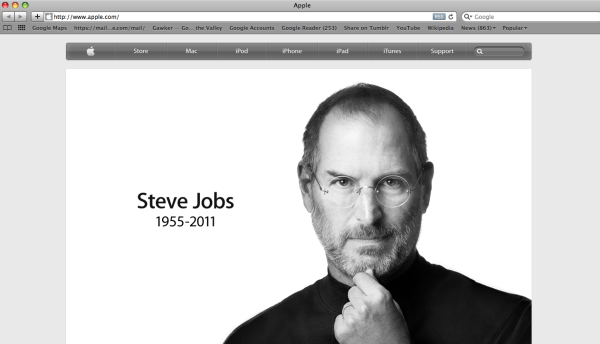Are great salespeople born, or made? With today’s advanced scientific sales analytics and measurement tools, sales managers can actually find out.
First, behavioral assessments give sales managers insight into a salesperson’s nature and psychological makeup (“born”), while skills assessments provide concrete data on sales knowledge and skills learned via experience, lessons, observations, etc. (“made”).
This combination of information gives sales leaders new ways to tackle three perennial sales-management challenges:
Sales Management Challenge #1: Hiring
Sales teams are only as good as the salespeople themselves. Sales managers need individuals who can work within the culture of the organization, leverage their unique strengths, and find satisfaction in getting great results. This is simply about job fit.
To find the right people for your team, you have to know what kind of salespeople you’re looking for. Hiring the right salesperson starts by defining the role. Sales managers need to take the time to complete a job analysis that defines the behavioral needs of the position. You can imagine the different needs of various sales positions—including B2B, B2C, outside sales, inside sales, and call centers. By defining the job, you have a “target” to measure candidates against. The next step is to administer a behavioral assessment on solid candidates, review and compare it with other critical data about experience, education, and past successes. You’re now using science and multiple data points to find a good fit.
Sales Management Challenge #2: Motivation
Sales is the one job inside every company where you cannot hide from results. Sales professionals are measured every day; and if one hits a slump, has a bad week or month, not only does that individual feel it, the results are also highly visible. While the visibility can help motivate some people, it can also create a “pressure cooker” environment where morale is difficult to maintain.
In addition to pressure to produce, external factors like these can also impact a rep’s motivation levels:
- tough economy,
- increased competition
- shift in the individual’s role
- change in the company’s direction or vision.
For example, an inside sales team that goes from 95% inbound calls to 95% outbound calls might experience a drop-off in production, which would create a significant challenge for the sales manager to keep the team focused, motivated, and productive. Behavioral assessments provide essential insights to how an individual is motivated. Armed with data on motivation, the sales manager can stay ready to accurately guide his or her team through change of any kind.
Sales Management Challenge #3: Retention
Hiring the right people will always be a concern, but retention will be an even greater challenge over the next decade. Top producers always have and always will have choices of about where to work. As drivers of revenue, they are a huge asset to any company and remain in high demand. In addition, top sales professionals expect great leadership and a high level of job satisfaction. Most organizations find that there are not enough candidates to fill critical roles; this problem is likely to get more serious now and in the future.
How can science help? For one thing, people stay in jobs when they’re engaged, learning, challenged, and believe they can succeed in the environment. Science provides two key aspects to combine nature and nurture and help keep producers actively engaged and reduce sales personnel turnover.
While behavioral assessments provide insight into what makes each rep tick, sales skills assessments provide data on their strengths and areas of growth. With the combined data from a behavioral assessment and a skills assessment, sales managers can take the mystery out of retention and figure out ways to keep their top performers happy and engaged.
Ultimately, leveraging science to drive sales performance enables organizations to increase efficiency, manage effectively, and produce outstanding sales results. The result is predictable, sustainable, and repeatable success.

